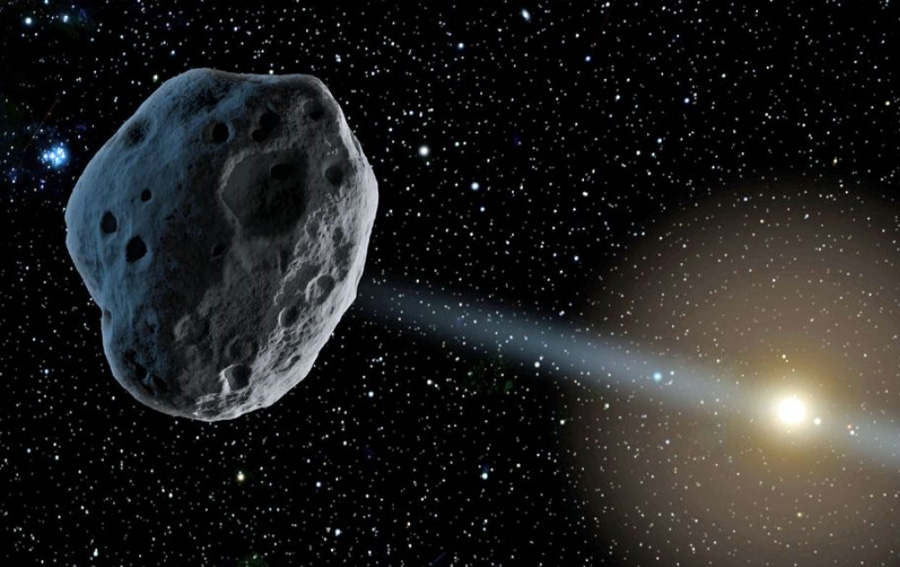Saving the World from Space Rocks - ATLANTIS RISING THE RESEARCH REPORT (original) (raw)

Scientists Struggle to Map the Threats
By Daniel Stolte and Koda Benavidez
An asteroid defense mission has been prioritized by a University of Arizona survey.
Planetary defense is part of an international cooperative effort to detect and track asteroids and comets that could pose a threat to life on Earth. Titled “Origins, Worlds, and Life: A Decadal Strategy for Planetary Science and Astrobiology 2023-2032,” the report identifies planetary defense—mitigating the risk of an asteroid hitting Earth—as a top priority. It also is an element of NASA’s planetary science endeavors concerned with human health and safety. The report’s recommendations particularly focus on near-Earth objects, which are asteroids and comets that come within 1.3 times the distance between Earth and the sun.
Specifically, the newly released planetary science decadal survey recommends NASA fully support the development, timely launch and subsequent operation of NEO Surveyor, a dedicated, space-based mid-infrared survey designed to discover and measure asteroids and comets that could pose an impact hazard to Earth.
NEO Surveyor is led by Amy Mainzer, a professor in the UArizona Lunar and Planetary Laboratory and one of the world’s leading scientists in asteroid detection and planetary defense. NEO Surveyor is a follow-on mission to NASA’s Near-Earth Object Wide-field Infrared Survey Explorer, or NEOWISE, space observatory. As principal investigator of NEOWISE, Mainzer has overseen the largest space-based asteroid-hunting project in history. Scheduled to launch in 2026, NEO Surveyor will greatly expand on what scientists have learned, and continue to learn, from NEOWISE.
“We need to map out the locations and sizes of the asteroids and comets that could potentially impact Earth if we want to divert or deflect them,” Mainzer said. “The decadal survey lays out a roadmap for ensuring that planet Earth has a robust plan for dealing with asteroid and comet impacts.”
Among the report’s other recommendations are two flagship missions, one for a probe to study the giant gas planet Uranus, and another to search for evidence of life on Enceladus, a moon of Saturn. The report also prioritized the Mars Exploration Program and the Lunar Discovery Exploration Program.
The report was sponsored by NASA and the National Science Foundation. The National Academies of Sciences, Engineering, and Medicine are private, nonprofit institutions that provide independent, objective analysis and advice to the nation to solve complex problems and inform public policy decisions related to science, technology and medicine.

